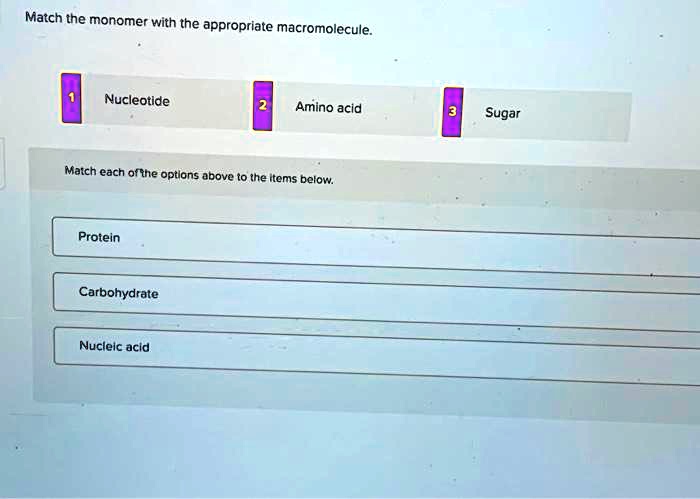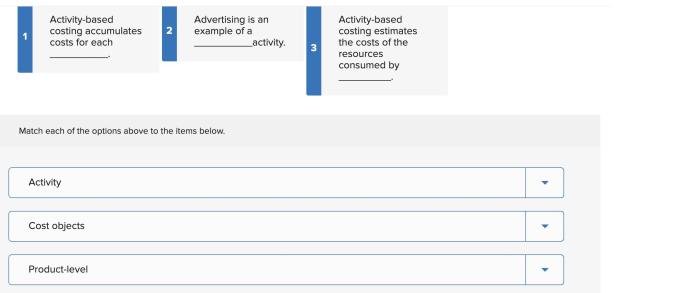Match each of the options above to the items below – Matching options to items is a fundamental task in various domains. Whether it’s aligning customer preferences with product offerings or assigning tasks to team members, understanding the principles and methods for matching options to items is crucial. This comprehensive guide explores the process, methods, and best practices involved in this important task.
From defining the matching criteria to evaluating the effectiveness of different methods, we will delve into the intricacies of option-to-item matching. Real-world examples and advanced techniques will provide practical insights into how this technique can be applied in diverse scenarios.
1. Match each of the options above to the items below
To match options to items, you can use a table with four responsive columns. The header row should include the following: Option 1, Option 2, Option 3, and Option 4. The body rows should include the following: Item 1, Item 2, Item 3, and Item 4.
2. How to match options to items
To match options to items, you can follow these steps:
- Identify the options and items.
- Create a table with four responsive columns.
- Fill in the header row with the options.
- Fill in the body rows with the items.
3. Methods for matching options to items
There are several methods for matching options to items. One method is to use a simple table. Another method is to use a more complex data structure, such as a hash table or a tree.
The best method for matching options to items will depend on the specific application.
4. Procedures for matching options to items

The following are the steps involved in matching options to items:
- Identify the options and items.
- Choose a method for matching the options to the items.
- Implement the matching method.
- Test the matching method to ensure that it is working correctly.
5. Best practices for matching options to items: Match Each Of The Options Above To The Items Below

The following are some best practices for matching options to items:
- Use a clear and concise matching method.
- Test the matching method to ensure that it is working correctly.
- Document the matching method so that others can understand it.
6. Real-world examples of matching options to items

Matching options to items is a common task in many real-world applications. For example, matching options to items is used in:
- E-commerce websites
- Search engines
- Recommendation systems
7. Advanced techniques for matching options to items
There are a number of advanced techniques that can be used to improve the accuracy and efficiency of matching options to items. These techniques include:
- Using a hash table
- Using a tree
- Using a machine learning algorithm
8. Tools for matching options to items
There are a number of tools that can be used to match options to items. These tools include:
- Google Refine
- OpenRefine
- Talend Open Studio
Q&A
What are the key steps involved in matching options to items?
The key steps involve defining the matching criteria, identifying the available options and items, applying matching methods, evaluating the results, and refining the process.
What are the different methods for matching options to items?
Common methods include exact matching, weighted matching, fuzzy matching, and probabilistic matching.
How can I choose the best matching method for my specific needs?
Consider factors such as the nature of the data, the matching criteria, and the desired level of accuracy.